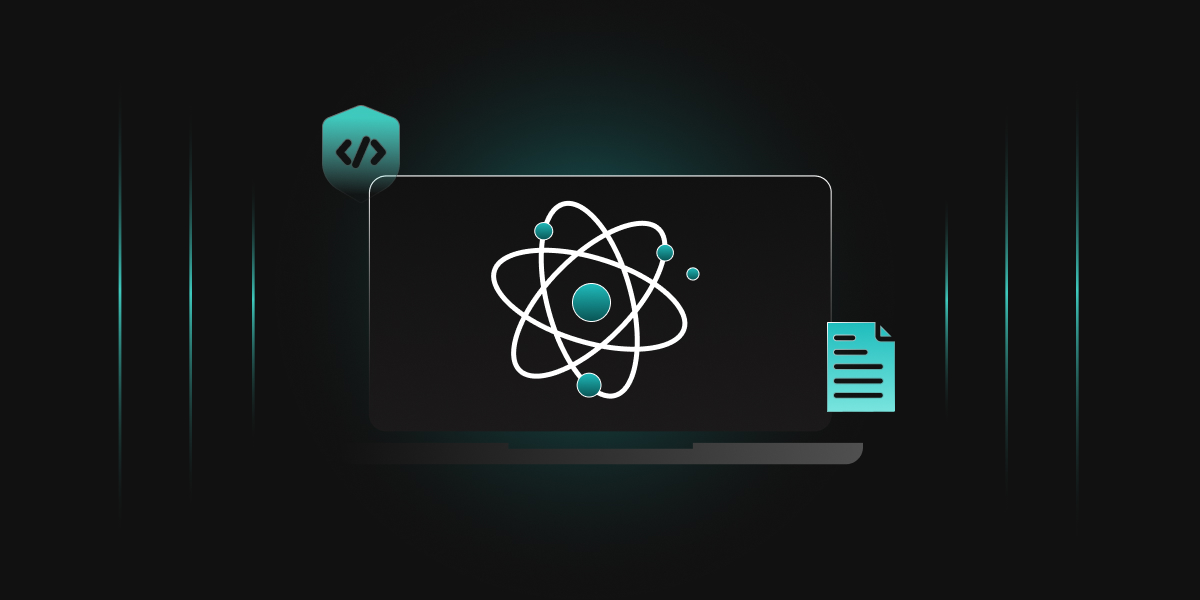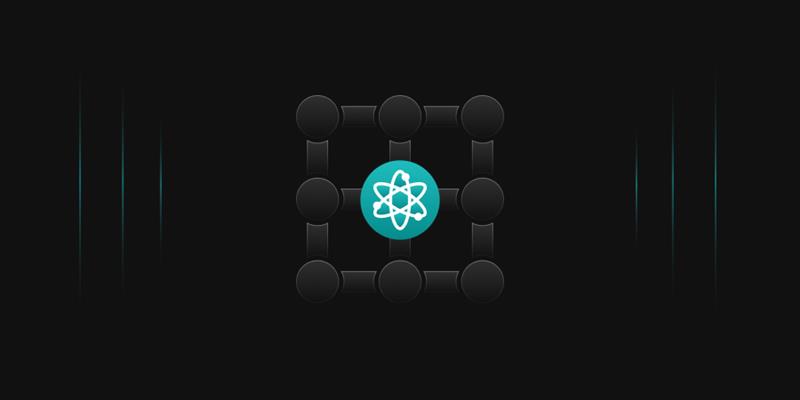As cybersecurity continues to evolve, a new and significant challenge of quantum computing is also emerging. While quantum computers promise significant advancements in various fields, they also pose a substantial risk to current cryptographic systems. One of the most pressing concerns is the strategy known as “Harvest Now, Decrypt Later” (HNDL), where adversaries collect encrypted data today with the intention of decrypting it once quantum computing capabilities mature.
This blog delves into the intricacies of HNDL attacks, their implications, and the steps organizations can take to mitigate this emerging threat.
What is HNDL?
HNDL is a cyberattack strategy where malicious actors intercept, copy, or exfiltrate encrypted data today, without attempting to break it immediately. Instead of seeking instant exploitation like in traditional attacks, the attackers focus on the long-term value of the data. The assumption behind this method is that advancements in quantum computing will eventually render current encryption standards, such as RSA and ECC, obsolete.
Once quantum computers become powerful enough, hackers could go back and unlock old, stolen data to find sensitive information that might still be useful or valuable such as national security secrets, intellectual property, personal health records, or financial histories. This strategy is particularly concerning because it leaves organizations with a false sense of security. On the surface, no breach appears to have occurred, no data has been decrypted, no system behavior has changed, and no alarms are triggered.
The encryption does its job for now, but the theft silently undermines future confidentiality. For instance, medical data stolen today could still be damaging decades later, as health records rarely lose sensitivity. Similarly, trade secrets or classified government documents may remain valuable far into the future.
Why is HNDL a Concern Now?
While quantum computers capable of breaking current encryption standards are not yet operational, the pace of research and development in this field is accelerating. The National Institute of Standards and Technology (NIST) has been proactive in developing post-quantum cryptographic algorithms to prepare for this eventuality. However, moving from current encryption methods to quantum resistant encryption isn’t simple.
It involves redesigning cryptographic systems, updating software and hardware across countless organizations, and ensuring everything remains compatible and secure during the transition. This shift requires significant time, resources, and coordination. During this lengthy process, attackers can perform a HNDL attack to steal the encrypted data.
The danger of HNDL isn’t just theoretical, nation-states, cybercrime groups, and advanced persistent threat (APT) actors are believed to be actively engaging in this kind of long-term espionage.
As the cost of data storage decreases and the efficiency of interception tools increases, the barriers to launching HNDL campaigns continue to shrink. Organizations that delay quantum readiness risk waking up one day to discover their historical data has been compromised, not by a new breach, but by a failure to plan ahead.
The Mechanics of HNDL Attacks
Data Collection
Adversaries often target encrypted data transmissions like emails, financial transactions, and confidential communications especially those containing information that doesn’t change frequently, such as social security numbers, bank account details, or government secrets. These types of data remain valuable over time, making them ideal for long-term exploitation. However, information like credit card numbers, which can be quickly canceled or updated, is less appealing for HNDL attacks since it doesn’t retain long-term value.
This data is quietly intercepted as it travels over the internet or private networks through techniques like tapping into network traffic, exploiting unsecured communication channels, or breaching servers where the data temporarily resides. Rather than trying to break the encryption immediately, attackers store this encrypted information in large archives, often without the knowledge of the data owner. Their goal is to hold onto it until future technologies, like quantum computing, allow them to decrypt and access its contents.
Storage and Patience
Once attackers intercept and collect encrypted data, they don’t always attempt to break it right away. Instead, they store it in secure, often well-organized archives, sometimes holding onto it for years or even decades. This strategy is rooted in the belief that future advancements, particularly in quantum computing, will eventually make today’s encryption algorithms obsolete.
These adversaries are playing the long game as they’re investing in massive data collection now. This is especially concerning when the stolen data includes sensitive, long-lasting details such as personal identifiers, government records, or corporate trade secrets that can still be valuable long after the initial breach. In some cases, nation-states and sophisticated cybercriminal groups are building vast repositories of encrypted data in anticipation of this coming shift in cryptographic power.
Future Decryption
Once quantum computers become powerful and stable enough to efficiently solve these problems, attackers will be able to decrypt the vast stores of encrypted data they’ve been quietly collecting. This means that information once thought to be secure, ranging from personal identity details and classified government files to corporate intellectual property, could suddenly become exposed, even years or decades after it was first intercepted. The impact of such a breakthrough would be far-reaching and profound:
The exposure of decades-old classified government files, confidential corporate data, and sensitive personal records could have devastating consequences. Intelligence operations, military strategies, trade secrets, and private communications which were once thought securely encrypted, could be decrypted and exploited.
This not only threatens national security and corporate competitiveness but also puts individuals at risk of identity theft, fraud, and reputational damage. As trust in digital systems erodes, the ripple effects could undermine critical infrastructure across sectors such as finance, healthcare, and defense.
Potential Targets of HNDL Attacks
- Government and Military Communications: Classified information, diplomatic communications, and defense strategies are prime targets, as their sensitivity remains high over extended periods.
- Financial Institutions: Banking transactions, investment records, and personal financial data are valuable assets that can be exploited for fraud or economic disruption.
- Healthcare Data: Medical records contain personal and sensitive information that can be used for identity theft, insurance fraud, or blackmail.
- Intellectual Property: Proprietary research, trade secrets, and technological innovations are at risk, especially in industries like pharmaceuticals, technology, and manufacturing.
Why Quantum Computing Plays a Key Role in HNDL attacks
Quantum computing forms the foundation of the Harvest Now, Decrypt Later risk model. It offers a future in which the foundational assumptions of modern cryptography no longer hold making data harvested today vulnerable to decryption tomorrow. Two key quantum algorithms illustrate exactly how this threat unfolds:
Shor’s Algorithm
In 1994, mathematician Peter Shor introduced an algorithm that changed the way cryptographers viewed the future. Shor’s algorithm allows a quantum computer to factor large integers exponentially faster than any known classical algorithm, a direct attack on the security of RSA, DSA, and ECC, which all rely on the difficulty of such problems.
In practical terms, this means that once quantum computers reach sufficient scale and stability, they will be able to crack the public-key cryptographic systems that protect everything from HTTPS connections and digital signatures to secure email and VPNs.
Grover’s Algorithm
While symmetric encryption algorithms like AES are more resistant to quantum attacks, they’re not immune. Grover’s algorithm allows quantum computers to search an unsorted database or, in cryptographic terms, brute-force a key, quadratically faster than classical computers.
This effectively cuts the strength of symmetric keys in half (e.g., AES-256 would offer the equivalent of 128-bit security against a quantum adversary). Though this can be mitigated by using larger key sizes, it still underscores the broad impact quantum computing could have across various cryptographic methods.
Mitigating HNDL Risks
Transition to Post-Quantum Cryptography (PQC)
As the quantum threat continues to grow, the need to transition from classical cryptographic algorithms to quantum-resistant ones becomes urgent. Post-Quantum Cryptography (PQC) refers to a new generation of encryption methods designed to withstand attacks from both classical and quantum computers. Unlike RSA or ECC, PQC algorithms are based on mathematical problems that, as far as current knowledge suggests, remain hard even for quantum systems.
Utilize Encryption Consulting’s post-quantum cryptography services to navigate the transition effectively. Our Quantum Threat Assessment identifies and mitigates risks associated with quantum threats, ensuring proactive security measures. We also offer strategic support in acknowledging challenges and aligning transition strategies.
Implementing Crypto-Agility
Crypto-agility refers to the ability of a system to quickly and seamlessly switch between cryptographic algorithms, protocols, or configurations without significant overhauls or downtime. This capability is essential for ensuring long-term security and maintaining operational continuity in response to emerging vulnerabilities, new standards, or regulatory changes. Systems should be designed with the flexibility to switch between cryptographic algorithms as needed. This agility allows for a smoother transition to PQC and adapts to future threats.
Focus on Protecting Long-Term Sensitive Traffic
In the context of the HNDL threat, long-lived, high-sensitivity traffic represents a critical vulnerability that adversaries are likely to target first. These types of communications and data transfers often contain valuable, sensitive information that can remain relevant for years, making them prime candidates for future decryption once quantum computing capabilities are achieved.
VPN tunnels, for example, are used to secure communications between remote employees or systems and organizational networks. Since they often carry highly sensitive internal traffic, including personal information, corporate secrets, or intellectual property, they represent a high-value target for attackers looking to store encrypted data for future decryption.
Enhanced Key Management
Secure key storage and rotation practices are critical. Utilizing hardware security modules (HSMs) and implementing strict access controls can prevent unauthorized key access. As the threat of quantum decryption looms, organizations should also swap out long-term keys for those generated using PQC algorithms.
This proactive step ensures that encrypted data remains secure against future quantum attacks, as traditional algorithms like RSA and ECC may be vulnerable to quantum-based decryption methods. By adopting PQC-based keys now, organizations can future-proof their cryptographic infrastructure and safeguard sensitive data for years to come.
Monitoring and Detection
As the HNDL threat model relies on stealthy data interception and long-term exploitation, early detection becomes a key defense strategy. Organizations must implement advanced monitoring tools to continuously track and analyze their network traffic, encrypted communications, and data access patterns.
These tools should be designed to identify any unusual or anomalous behaviors such as unexpected data transmissions, unexplained access to encrypted files, or patterns indicative of an attacker collecting and storing data for future decryption.
Regulatory and Industry Responses
NIST’s Role
NIST’s ongoing efforts to develop and standardize PQC algorithms are central to the global response to the quantum threat. Their work provides guidance for organizations transitioning to quantum-resistant encryption. Here are some quantum-resistant algorithms:
- CRYSTALS-Kyber: A lattice-based algorithm used for secure key exchange. It offers strong security and efficient performance, making it ideal for general-purpose encryption.
- CRYSTALS-Dilithium: It is also a lattice-based algorithm that provides digital signatures that are both secure and efficient, suitable for verifying identities and messages.
- FALCON: A compact and efficient lattice-based signature algorithm, particularly useful in environments where smaller signature sizes are needed.
- SPHINCS+: A stateless, hash-based digital signature scheme known for its conservative security foundation, making it a robust fallback option.
With NIST’s ongoing work in Post-Quantum Cryptography (PQC), organizations should pay close attention to draft algorithms that are being considered for future standardization, including the lattice-based cryptographic algorithms like Kyber and NTRU. As these algorithms are finalized and adopted, they will replace traditional encryption methods that are vulnerable to quantum attacks.
International Collaboration
Global cooperation is essential in addressing the HNDL threat. Sharing information, best practices, and research findings can accelerate the development and adoption of effective countermeasures. Governments, academic institutions, and private-sector organizations must work together to create unified standards for quantum-resistant encryption, coordinate responses to emerging vulnerabilities, and invest jointly in R&D.
Industry Initiatives
Various industries are investing in research and development to create quantum-resistant solutions. For example, the financial sector is exploring PQC to secure transactions and protect customer data. Similarly, the healthcare industry is beginning to evaluate how quantum threats could compromise patient records and medical devices, prompting early adoption of quantum-safe protocols.
How Encryption Consulting’s PQC Advisory Can Help?
Quantum Threat Assessment
- Our detailed Quantum Threat Assessment service utilizes advanced cryptographic discovery to analyze and secure your cryptographic infrastructure.
- Evaluate the state of the cryptographic environment as it is, identify any gaps in the current standards and controls that are in place for cryptography (such as key lifecycle management and encryption methods), and do a thorough analysis of any possible threats to the cryptographic ecosystem.
- We assess the effectiveness of existing governance protocols and frameworks and provide recommendations for optimizing operational processes related to cryptographic practices.
- Identify and prioritize the crypto assets and data based on their sensitivity and criticality for the PQC migration.
Quantum Readiness Strategy and Roadmap
- Identify PQC use cases that can be implemented within the organization’s network to protect sensitive information
- Define and develop a strategy and implementation plan for PQC process and technology challenges.
Implementation Support and Post-Implementation Validation
- From program management estimates to internal team training, we provide the expertise needed to ensure a smooth and efficient transition to quantum-resistant algorithms.
- We help organizations align their PQC adoption with emerging regulatory standards and conduct rigorous post-deployment validation to confirm the effectiveness of the implementation.
Conclusion
The “Harvest Now, Decrypt Later” strategy represents a significant and evolving threat in the cybersecurity landscape. As quantum computing advances, the risk of previously secure data becoming vulnerable increases. Organizations must take proactive steps to transition to quantum-resistant encryption, implement robust data management practices, and stay informed about emerging threats. By doing so, they can safeguard their data against future decryption attempts and maintain trust in their security measures.




